
The Majestic Drakensberg Mountains
Discover the awe-inspiring Drakensberg Mountains in South Africa, a UNESCO World Heritage Site offering breathtaking scenery, rich biodiversity, and ancient rock art.
The Drakensberg Mountains, known locally as uKhahlamba, is a stunning mountain range in South Africa. This UNESCO World Heritage Site is famous for its breathtaking scenery, rich biodiversity, and ancient rock art. Whether you're an adventure seeker or a nature lover, the Drakensberg offers something for everyone. The range stretches over 200 kilometers, providing countless opportunities for hiking, climbing, and exploring. Popular trails include the Tugela Falls hike, which takes you to the second highest waterfall in the world, and the Amphitheatre, known for its dramatic cliff faces. Wildlife enthusiasts will be thrilled by the variety of animals, including elands, baboons, and over 300 bird species. The Drakensberg is also a cultural treasure trove. The San people, who lived in the region for thousands of years, left behind an incredible legacy of rock art. These paintings, some of which are over 3,000 years old, offer a fascinating glimpse into their way of life. Guided tours are available to help you fully appreciate these ancient artworks. Accommodation ranges from luxurious lodges to rustic campsites, ensuring that every traveler finds the perfect place to rest. Local cuisine, influenced by the rich cultural tapestry of the region, is a treat for the taste buds. Don't miss trying traditional South African dishes like bobotie and biltong. Whether you're soaking in the natural beauty, uncovering the historical wonders, or simply relaxing in the tranquil environment, the Drakensberg Mountains promise an unforgettable experience.
Local tips in Drakensberg Mountains
- Visit during the spring or autumn for the best weather conditions.
- Hire a local guide for hikes to enhance your experience and safety.
- Pack layered clothing as the weather can change rapidly.
- Don't forget to bring binoculars for bird watching.
- Try to book accommodations in advance, especially during peak seasons.
The Majestic Drakensberg Mountains
The Drakensberg Mountains, known locally as uKhahlamba, is a stunning mountain range in South Africa. This UNESCO World Heritage Site is famous for its breathtaking scenery, rich biodiversity, and ancient rock art. Whether you're an adventure seeker or a nature lover, the Drakensberg offers something for everyone. The range stretches over 200 kilometers, providing countless opportunities for hiking, climbing, and exploring. Popular trails include the Tugela Falls hike, which takes you to the second highest waterfall in the world, and the Amphitheatre, known for its dramatic cliff faces. Wildlife enthusiasts will be thrilled by the variety of animals, including elands, baboons, and over 300 bird species. The Drakensberg is also a cultural treasure trove. The San people, who lived in the region for thousands of years, left behind an incredible legacy of rock art. These paintings, some of which are over 3,000 years old, offer a fascinating glimpse into their way of life. Guided tours are available to help you fully appreciate these ancient artworks. Accommodation ranges from luxurious lodges to rustic campsites, ensuring that every traveler finds the perfect place to rest. Local cuisine, influenced by the rich cultural tapestry of the region, is a treat for the taste buds. Don't miss trying traditional South African dishes like bobotie and biltong. Whether you're soaking in the natural beauty, uncovering the historical wonders, or simply relaxing in the tranquil environment, the Drakensberg Mountains promise an unforgettable experience.
When is the best time to go to Drakensberg Mountains?
Iconic landmarks you can’t miss
Royal Natal National Park
Discover the breathtaking beauty of Royal Natal National Park, an adventure-filled paradise in the heart of South Africa's Drakensberg mountains.
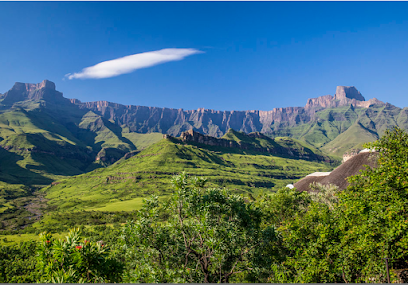
Gooderson Drakensberg Gardens Golf & Spa Resort
Discover the ultimate blend of relaxation and adventure at Gooderson Drakensberg Gardens Golf & Spa Resort, a haven in the majestic Drakensberg Mountains.
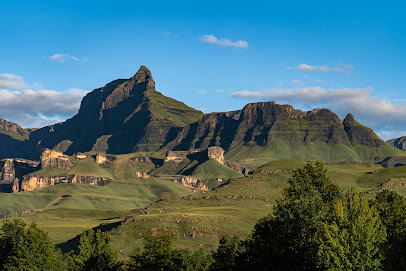
Falcon Ridge - Bird Of Prey Center
Experience the beauty of raptors at Falcon Ridge, a key attraction in Cathkin Park, set against the stunning Drakensberg mountains.
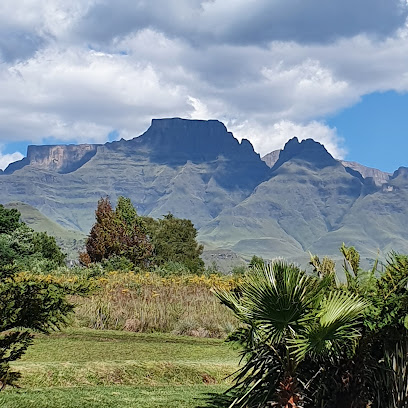
The Cavern Drakensberg Resort & Spa
Experience luxury and adventure at The Cavern Drakensberg Resort & Spa, where stunning nature meets exceptional service in the heart of the Drakensberg Mountains.
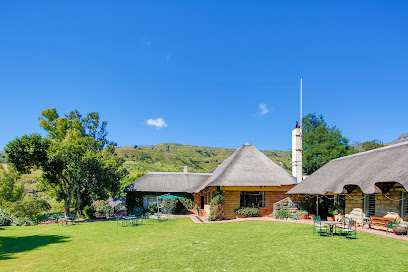
Champagne Castle Hotel
Discover luxury and nature at Champagne Castle Hotel, a premier destination in the Central Drakensberg offering breathtaking views and exceptional hospitality.
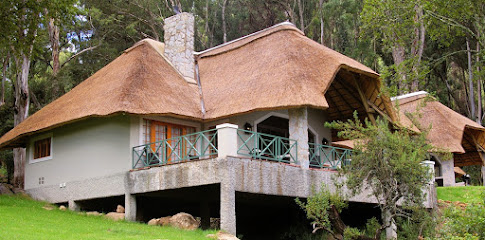
All Out Adventures
Experience the thrill of adventure sports at All Out Adventures in Bergville, where adrenaline meets breathtaking natural beauty for an unforgettable day out.
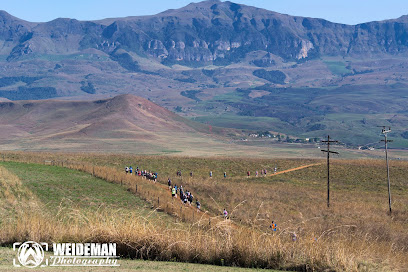
Witsieshoek Mountain Lodge
Experience the breathtaking beauty and adventure of the Drakensberg at Witsieshoek Mountain Lodge, the ideal retreat for nature lovers.
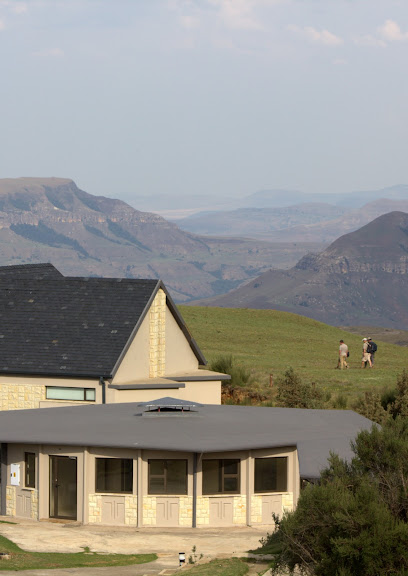
Drakensberg Canopy Tour
Discover the breathtaking Drakensberg Canopy Tour, where adventure meets stunning nature in the heart of Cathkin Park.

Gooderson Monks Cowl Golf Resort
Experience the perfect blend of leisure and adventure at Gooderson Monks Cowl Golf Resort in Central Drakensberg, South Africa, with golf, spa, and scenic beauty.

Hlalanathi Drakensberg Resort
Discover the breathtaking beauty and adventure of Hlalanathi Drakensberg Resort, a perfect blend of relaxation and outdoor exploration in South Africa.

Maloti-Drakensberg Park
Discover the breathtaking landscapes and rich wildlife of Maloti-Drakensberg Park, a UNESCO World Heritage Site in South Africa's majestic Drakensberg Mountains.
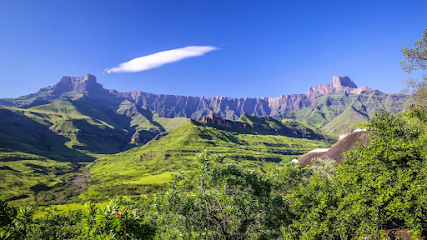
Cathedral Peak Wine Estate
Explore Cathedral Peak Wine Estate: A wine lover's paradise in the stunning Drakensberg Mountains, offering exquisite wines and breathtaking views.
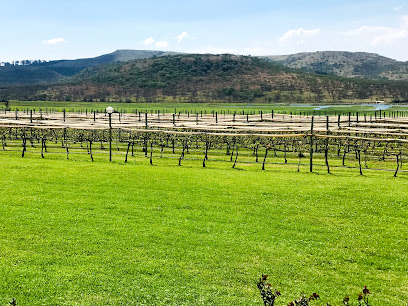
Cayley Mountain Resort
Experience the breathtaking beauty of the Drakensberg at Cayley Mountain Resort, where comfort meets adventure in a stunning natural setting.
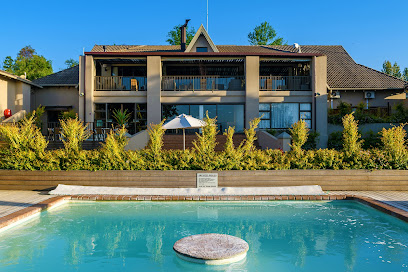
Tugela Falls
Discover the breathtaking Tugela Falls in Royal Natal National Park, a must-visit destination for nature lovers and adventure seekers in South Africa.
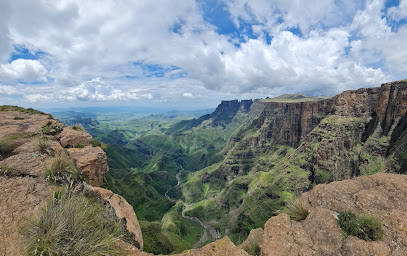
Khotso Lodge & Horse Trails
Discover adventure and serenity at Khotso Lodge & Horse Trails, the perfect getaway for nature lovers and thrill-seekers in the Southern Drakensberg.
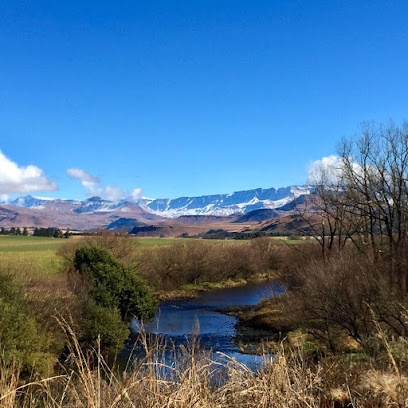
Unmissable attractions to see
Midmar Nature Reserve
Explore the stunning landscapes and diverse wildlife at Midmar Nature Reserve, a perfect getaway for nature lovers and adventure seekers in KwaZulu-Natal.
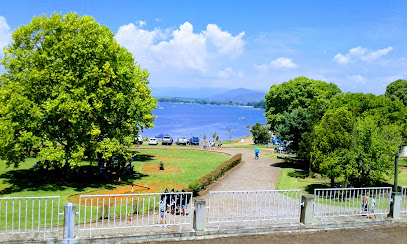
Gooderson Drakensberg Gardens Golf & Spa Resort
Experience the beauty of Drakensberg at Gooderson Drakensberg Gardens Golf & Spa Resort, a premier destination for relaxation and adventure.
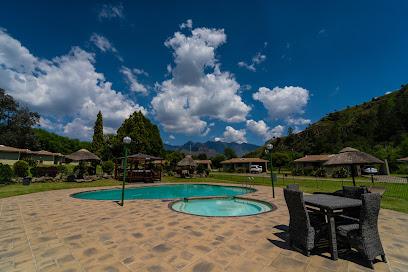
Karkloof Canopy Tour
Experience the thrill of zip-lining through lush forests at Karkloof Canopy Tour, a must-visit adventure in South Africa's stunning Midlands.
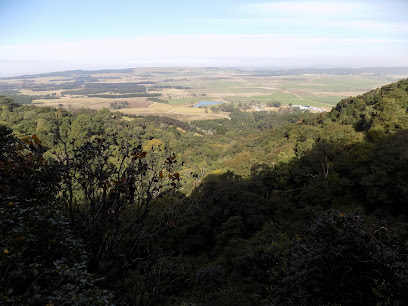
Drakensberg Gardens Golf & Leisure Resort
Discover the serene beauty and adventure of Drakensberg Gardens Golf & Leisure Resort, your ultimate getaway in the Drakensberg Mountains.
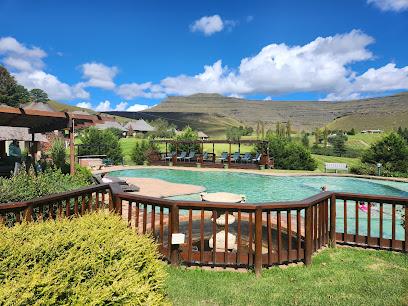
Spioenkop Nature Reserve
Experience the breathtaking beauty and rich wildlife of Spioenkop Nature Reserve, a serene escape near Ladysmith, South Africa, perfect for nature lovers.
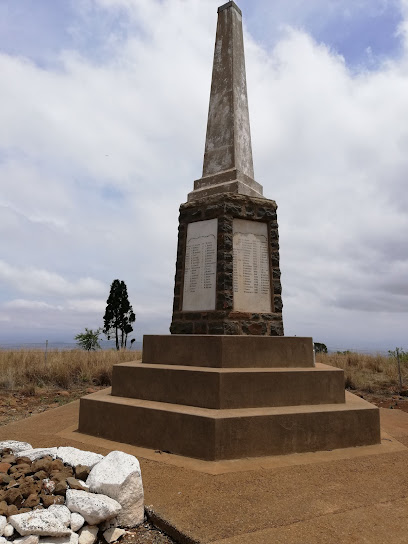
Drakensberg Tourism - Bergville
Explore the breathtaking Drakensberg Mountains in Bergville, a hiker's paradise filled with stunning landscapes and rich cultural heritage.
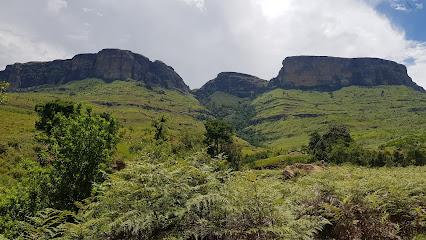
iKhayalamafu Mountain Reserve
Explore the breathtaking beauty and tranquility of iKhayalamafu Mountain Reserve, a perfect blend of nature, adventure, and relaxation in the Drakensberg Mountains.
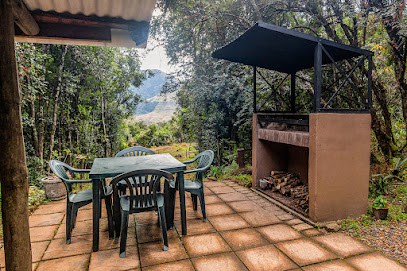
Giant's Castle
Discover the awe-inspiring Giant's Castle in the Drakensberg mountains, a blend of natural beauty and rich cultural heritage for every traveler.
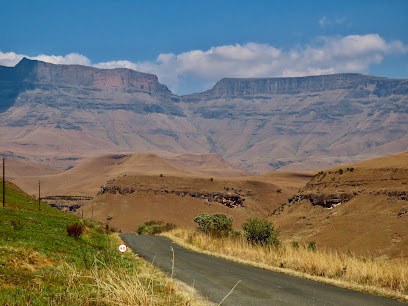
Cathedral Peak
Discover the breathtaking beauty of Cathedral Peak in South Africa's Drakensberg, a paradise for hikers and nature lovers seeking adventure.
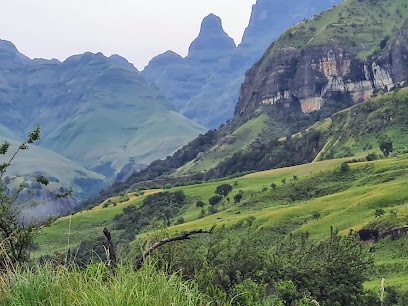
Sterkhorn
Explore Sterkhorn: A breathtaking hiking destination in the heart of the Drakensberg mountains, perfect for adventurers and nature lovers alike.

Cathkin Peak
Explore Cathkin Peak, a breathtaking mountain in South Africa's Drakensberg, offering stunning views, diverse wildlife, and unforgettable hiking adventures.
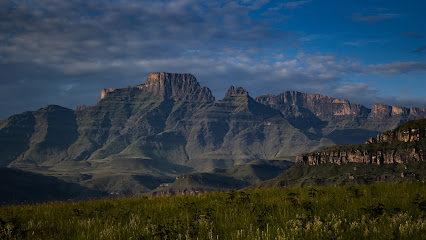
Drakensberg
Explore the breathtaking Drakensberg Mountains, a UNESCO World Heritage Site, rich in natural beauty and cultural heritage, perfect for outdoor adventures.
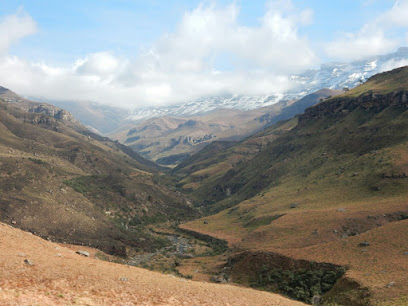
Essential places to dine
Waffle Hut
Discover Waffle Hut in the Drakensberg: A cozy spot serving delectable waffles amidst stunning mountain views.
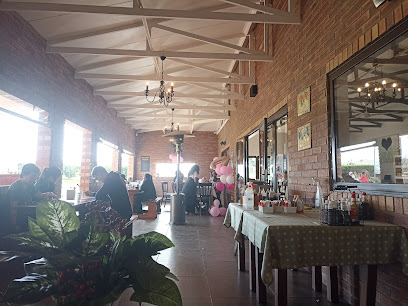
Thokozisa Restaurant
Discover authentic South African cuisine at Thokozisa Restaurant in Cathkin Park with stunning mountain views.

The Coffee Patch
Discover delightful dining at The Coffee Patch in Bergville—where exceptional coffee meets local flavors amidst stunning landscapes.
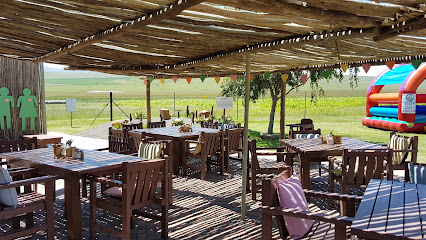
Tower of Pizza
Savor authentic Italian cuisine amidst stunning views in Northern Drakensberg at Tower of Pizza.
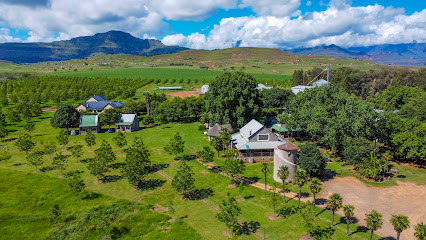
The Olde Duck
Experience delightful cuisine amidst breathtaking mountain views at The Olde Duck in Southern Drakensberg.
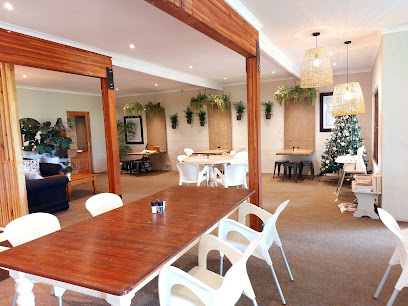
The Pig and Plough
Discover The Pig and Plough: A delightful restaurant offering fresh local cuisine amidst breathtaking natural scenery.
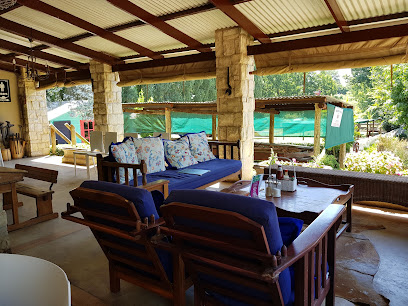
The Old Hatchery & Waterfall Restaurant
Experience delightful dining at The Old Hatchery & Waterfall Restaurant amidst the breathtaking beauty of Underberg's Drakensberg mountains.
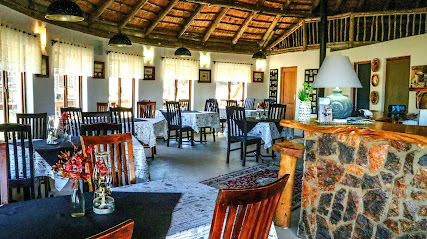
The Farmer’s Fork Restaurant and Tapas Bar
Experience delightful local cuisine at The Farmer’s Fork Restaurant and Tapas Bar in Winterton – where every meal tells a story.
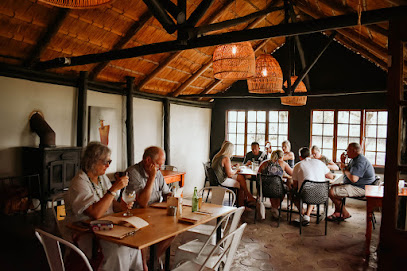
Draken's Burger Diner
Experience delightful dining at Draken's Burger Diner in Bergville - home of mouthwatering burgers amidst stunning Drakensberg scenery.
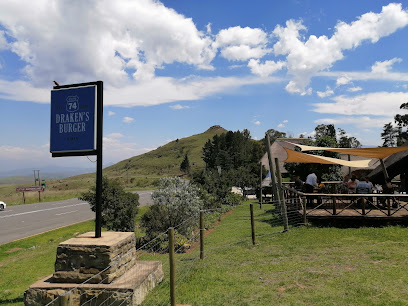
Lakeview Restaurant - Drakensberg Sun
Discover exceptional dining at Lakeview Restaurant in Drakensberg Sun Resort - where local flavors meet breathtaking mountain views.
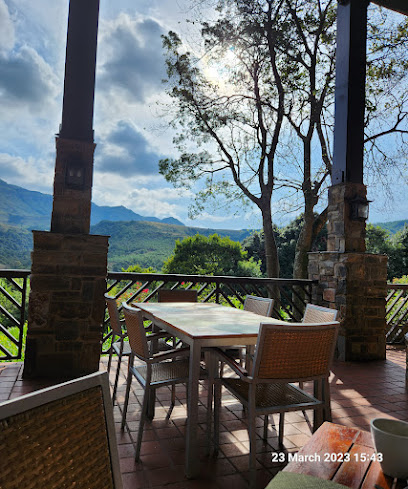
Izimbali Restaurant
Discover culinary delights at Izimbali Restaurant amidst breathtaking mountain views; an unforgettable dining experience awaits.
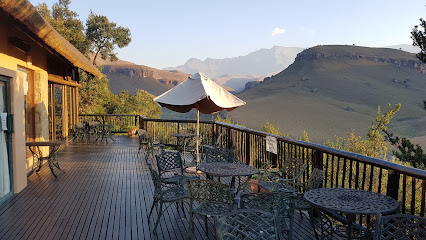
Restaurant
Experience exquisite dining at Ezemvelo KZN Wildlife Restaurant amidst breathtaking landscapes in Maloti Drakensberg Park.
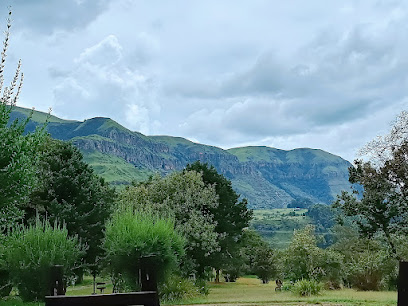
Moorcroft Manor
Discover exquisite dining at Moorcroft Manor in Himeville, where gourmet cuisine meets stunning Drakensberg mountain views.

The Bell & Whistle
Discover local flavors and breathtaking views at The Bell & Whistle in Cathkin Park, your culinary retreat in the heart of the Drakensberg.
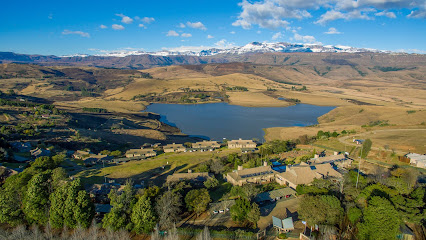
Vine Knot Restaurant
Experience diverse flavors at Vine Knot Restaurant – where local meets international cuisine in an inviting setting.
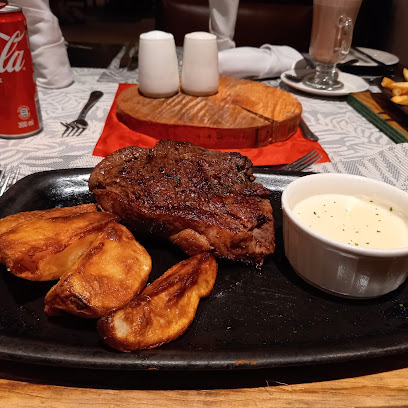
Markets, malls and hidden boutiques
The Valley Bakery
Discover The Valley Bakery, where delectable baked goods meet breathtaking mountain views in the heart of Champagne Valley.
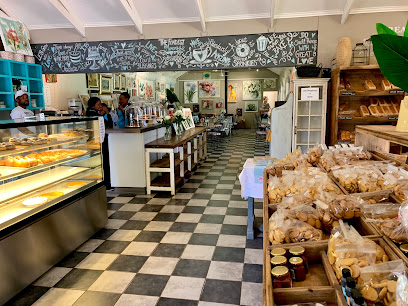
Underberg SUPERSPAR
Discover the flavors of KwaZulu-Natal at Underberg SUPERSPAR, where local produce meets a warm shopping experience.
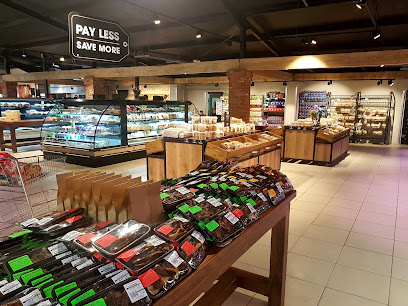
Drakensberg Chocolate Memories
Discover the magic of handcrafted chocolates in the scenic Drakensberg mountains at Drakensberg Chocolate Memories, a sweet haven for all chocolate lovers.
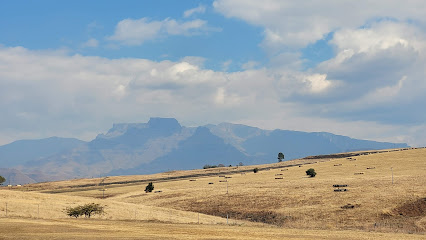
The Coffee Patch
Experience the beauty of Bergville at The Coffee Patch, where exceptional coffee meets delightful regional cuisine in the heart of the Drakensberg.
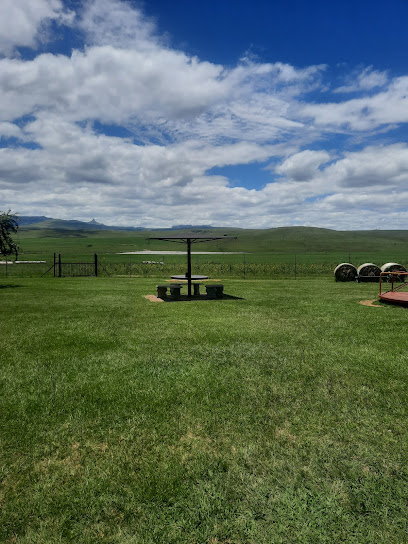
The Olde Duck
Discover The Olde Duck, a delightful restaurant in the Drakensberg offering fresh, locally sourced dishes amid breathtaking mountain views.
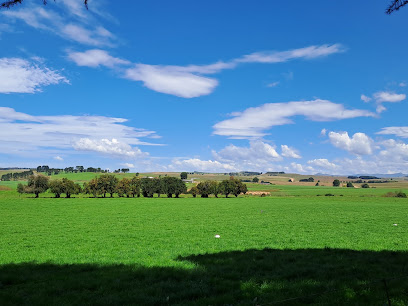
All Out Adventures
Experience the thrill of adventure sports in the stunning landscape of Bergville, South Africa at All Out Adventures.
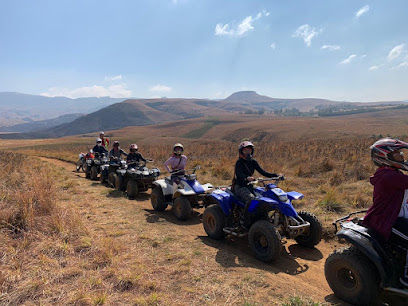
Drakensberg Canopy Tour
Discover the breathtaking beauty of the Drakensberg Mountains while zip-lining through lush forests at the Drakensberg Canopy Tour.

SUPERSPAR Winterton
Discover the essential supplies and local flavors at SUPERSPAR Winterton, your go-to supermarket while exploring KwaZulu-Natal's scenic Drakensberg.

The Border Post B&B and Coffee Shop
Experience the beauty of the Drakensberg at The Border Post B&B and Coffee Shop, your perfect escape in nature's embrace.
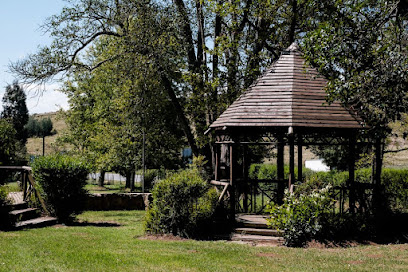
Cedarwood Village Shopping Centre
Discover the charm of Cedarwood Village Shopping Centre in Cathkin Park, where shopping meets nature in the breathtaking Drakensberg.
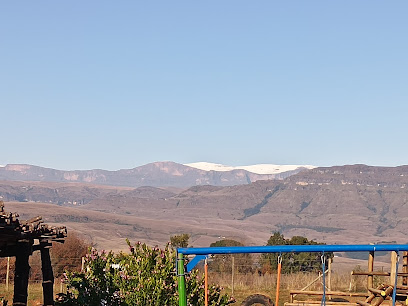
Drakensberg Mountain Retreat
Experience serene beauty and adventure at Drakensberg Mountain Retreat, where nature meets comfort in South Africa's stunning landscapes.

Cedarwood Supermarket
Discover local flavors and fresh produce at Cedarwood Supermarket, the heart of Winterton's culinary scene, perfect for tourists and food lovers alike.

Mountain Splendour Eco-Resort
Discover the breathtaking beauty of the Drakensberg at Mountain Splendour Eco-Resort – a perfect blend of adventure and relaxation.
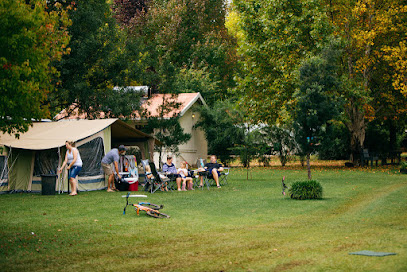
Inkungu Lodge Boutique Hotel
Experience luxury and nature at Inkungu Lodge Boutique Hotel, your perfect retreat in the breathtaking Drakensberg mountains.
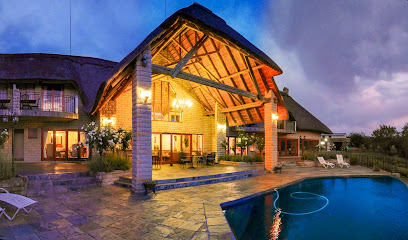
Kamberg Nature Reserve
Explore the breathtaking landscapes and diverse wildlife of Kamberg Nature Reserve in the heart of the Drakensberg Mountains.
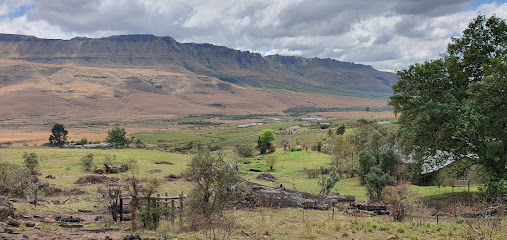
Essential bars & hidden hideouts
Bierfassl Restaurant and Pub
Experience the vibrant atmosphere and delicious cuisine at Bierfassl Restaurant and Pub in the scenic KZN Midlands, a perfect blend of local culture and hospitality.
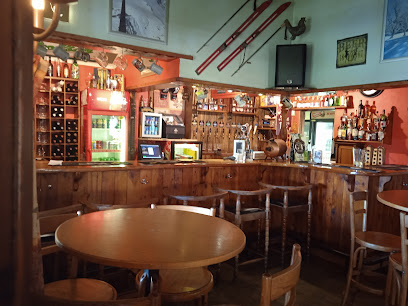
Waffle Hut
Experience the best waffles in the Drakensberg at Waffle Hut, where culinary delights meet breathtaking views.
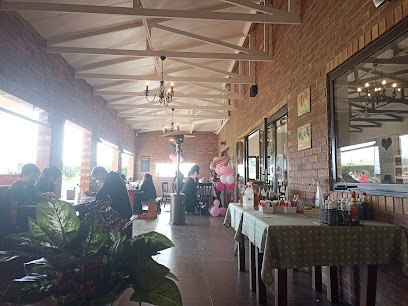
Thokozisa Restaurant
Experience the flavors of South Africa at Thokozisa Restaurant, nestled in the heart of Cathkin Park's stunning landscapes.
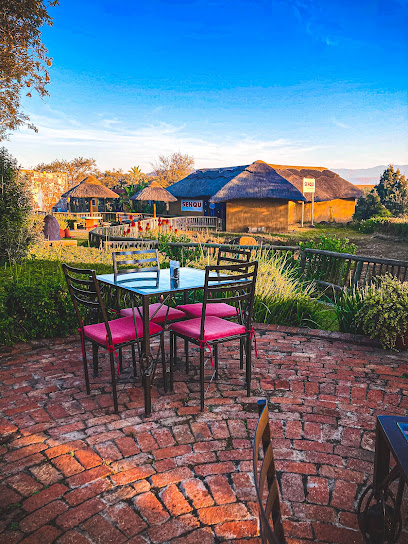
The Coffee Patch
Experience the delightful flavors and warm ambiance of The Coffee Patch, a culinary gem in Bergville, perfect for coffee lovers and foodies alike.

Tower of Pizza
Discover the delightful flavors of Italy in the heart of the Northern Drakensberg at Tower of Pizza, the ultimate dining destination for pizza lovers.
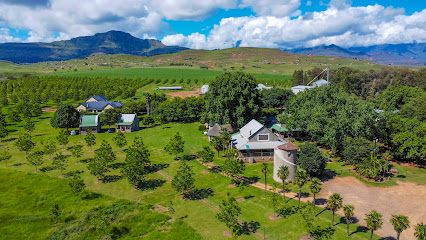
The Olde Duck
Discover the charm of The Olde Duck, a delightful restaurant nestled in the Drakensberg, offering local cuisine and breathtaking mountain views.
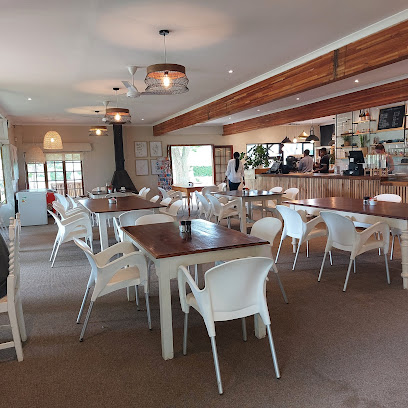
The Pig and Plough
Discover the delightful flavors of South Africa at The Pig and Plough, a charming restaurant offering a memorable dining experience surrounded by nature.
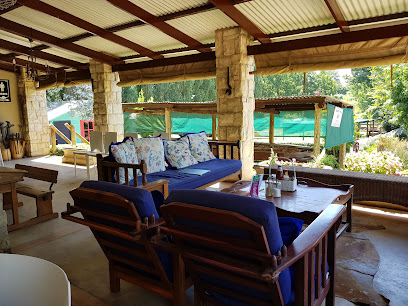
Amphitheatre Backpackers Lodge
Discover adventure and relaxation at Amphitheatre Backpackers Lodge, where the beauty of the Drakensberg mountains meets a vibrant atmosphere.
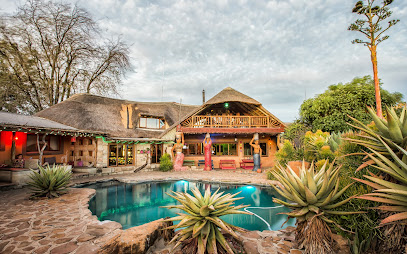
Scrumpy Jacks Restaurant
Discover the flavors of the Central Drakensberg at Scrumpy Jacks Restaurant, where breathtaking views meet delicious local cuisine.
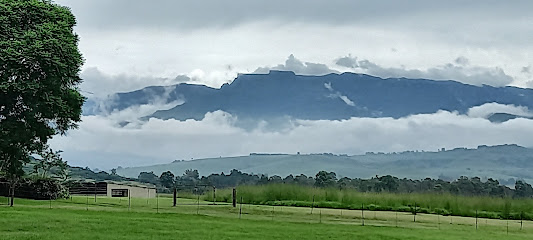
Sani Mountain Lodge
Discover breathtaking views and cozy hospitality at Sani Mountain Lodge, your gateway to adventure in the heart of Lesotho's Drakensberg.

Dragon's Restaurant & Pub
Experience the flavors of South Africa at Dragon's Restaurant & Pub, where stunning mountain views meet delicious local cuisine.
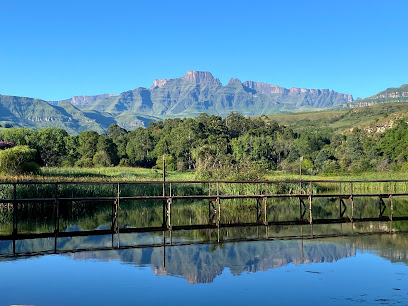
The Old Hatchery & Waterfall Restaurant
Discover The Old Hatchery & Waterfall Restaurant in Underberg, a serene culinary retreat amidst the stunning Drakensberg mountains.
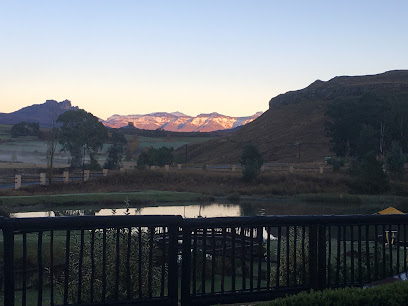
Dragonview lodge
Discover the tranquility and adventure of Dragonview Lodge in the breathtaking Drakensberg Mountains, a perfect blend of comfort and nature.
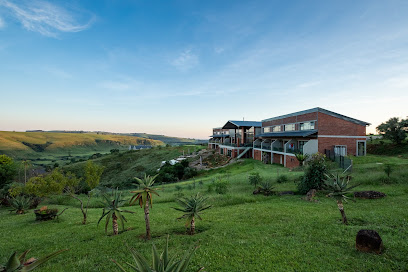
The Bridge Lodge Restaurant
Discover the flavors of South Africa at The Bridge Lodge Restaurant, where exceptional cuisine meets breathtaking natural beauty in Winterton.
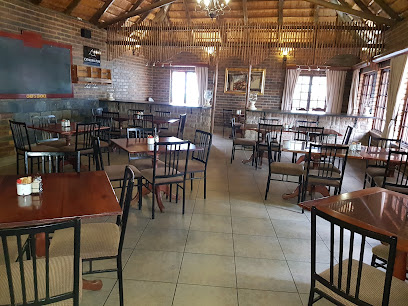
The Farmer’s Fork Restaurant and Tapas Bar
Experience delightful tapas and local flavors at The Farmer’s Fork Restaurant and Tapas Bar in Winterton, with stunning views of the Drakensberg mountains.
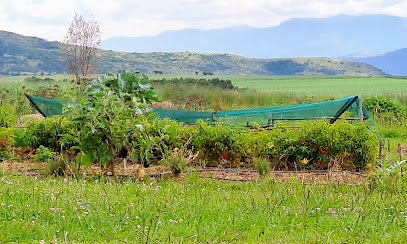
Local Phrases about Drakensberg Mountains
-
- HelloSawubona
[sah-woo-BOH-nah] - GoodbyeHamba kahle
[HAM-bah kah-HLEH] - YesYebo
[YEH-boh] - NoCha
[CHAH] - Please/You're welcomeNgiyacela
[ing-YAH-seh-lah] - Thank youNgiyabonga
[ing-yah-BOHNG-gah] - Excuse me/SorryUxolo
[oo-SOH-loh] - How are you?Unjani?
[oon-JAH-nee] - Fine. And you?Ngiyaphila. Wena?
[ing-yah-PHEE-lah. WAY-nah] - Do you speak English?Uyasikhuluma isIngisi?
[oo-yah-see-khoo-LOO-mah is-ing-GEE-see] - I don't understandAngazi
[ahng-GAH-zee]
- HelloSawubona
-
- I'd like to see the menu, pleaseNgicela ukubona imenyu, sicela
[ing-gih-SEH-lah ooh-koo-BOH-nah ee-mehn-yoo, sih-SEH-lah] - I don't eat meatAngidli inyama
[ahng-GEE-dlee ee-NYAH-mah] - Cheers!Ongiyekele
[ohn-gee-YEH-keh-leh] - I would like to pay, pleaseNgicela ukulipha, sicela
[ing-gih-SEH-lah oo-koo-LEE-pah, sih-SEH-lah]
- I'd like to see the menu, pleaseNgicela ukubona imenyu, sicela
-
- Help!Usizo!
[oo-SEE-zoh] - Go away!Hamba!
[HAM-bah] - Call the Police!Biza amapulis
[BEE-zah ah-mah-POO-lees] - Call a doctor!Biza udokotela
[BEE-zah oo-doh-koh-TEH-lah] - I'm lostNgilahlekile
[ing-gih-lah-HLEH-kee-leh] - I'm illNgizwa ubuhlungu
[ing-GEE-zwah oo-boo-HLOON-goo]
- Help!Usizo!
-
- I'd like to buy...Ngicela ukuthenga...
[ing-gih-SEH-lah oo-koo-TEH-ngah] - I'm just lookingNgicela ukubuka kuphela
[ing-gih-SEH-lah ooh-koo-BOO-kah koo-PEH-lah] - How much is it?Kuyatholakala kanti?
[koo-yah-thoh-lah-KAH-lah kahn-TEE] - That's too expensiveLokhu kungenzeka kakhulu
[loh-KHOO koo-NGEHN-zeh-kah kah-KHOO-loo] - Can you lower the price?Ungayeka isilinganiso?
[oo-NGAH-yeh-kah ee-see-ling-gah-NEE-soh]
- I'd like to buy...Ngicela ukuthenga...
-
- What time is it?Ngubani ithemba?
[ngoo-BAH-nee ee-TEHM-bah] - It's one o'clockKuyashintsha
[koo-yah-SHEENT-shah] - Half past (10)Kuyalingana nesishiyagalombili
[koo-yah-lin-GAH-nah neh-see-shee-yah-gah-LOHM-bee-lee] - MorningEkuseni
[eh-koo-SEH-nee] - AfternoonNtambama
[n-TAHM-bah-mah] - EveningEbusuku
[eh-boo-SOO-koo] - YesterdayIzolo
[ee-ZOH-loh] - TodayNamhlanje
[nahm-HLAHN-jeh] - TomorrowKusasa
[koo-SAH-sah] - 1Kunye
[koo-NYEH] - 2Kubili
[koo-BEE-lee] - 3Kuthathu
[koo-TAH-too] - 4Kune
[koo-NEH] - 5Kuhlanu
[koo-HLAH-noo] - 6Isithupa
[ee-SEE-thoo-pah] - 7Isikhombisa
[ee-see-khohm-BEE-sah] - 8Isishiyagalombili
[ee-see-shee-yah-gah-LOHM-bee-lee] - 9Isishiyagalolunye
[ee-see-shee-yah-gah-LOH-loo-nyeh] - 10Kumi
[koo-MEE]
- What time is it?Ngubani ithemba?
-
- Where's a/the...?Kuyaphi...
[koo-yah-pee] - What's the address?Iyiphi indawo?
[ee-YEE-pee een-DAH-woh] - Can you show me (on the map)?Ungangivumela (emaphesenti)?
[oo-NGAHNG-gih-VOO-meh-lah eh-mah-PHEH-sen-tee] - When's the next (bus)?Kuyaphi entsha (ibhasi)?
[koo-yah-pee ehn-tshah (ee-bhah-see)] - A ticket (to ....)Itikithi (ku ....)
[ee-tee-KEE-thee (koo)]
- Where's a/the...?Kuyaphi...
History of Drakensberg Mountains
-
The Drakensberg Mountains have been home to the San people for thousands of years. The San, also known as the Bushmen, are renowned for their detailed rock art. The Drakensberg is one of the richest rock art sites in the world, with over 35,000 individual paintings. These artworks depict scenes of hunting, dancing, and other aspects of San life, providing invaluable insights into their culture and beliefs.
-
In the 19th century, the Drakensberg region became a significant area for the Zulu Kingdom under the leadership of King Shaka Zulu. The Zulus used the mountains as a natural fortress and base for their military campaigns. The rugged terrain provided strategic advantages and served as a refuge during conflicts.
-
During the 19th century, European explorers and settlers ventured into the Drakensberg region. One notable explorer was Captain Allan Gardiner, who documented the geography and local tribes. The region saw the establishment of farms and trading posts, and it became an area of interest for British colonial expansion.
-
The Drakensberg Mountains were indirectly involved in the Anglo-Zulu War of 1879. While most battles occurred outside the mountain range, the Drakensberg served as a strategic backdrop. British forces used the mountains for reconnaissance and as a natural barrier against Zulu warriors.
-
In 2000, the uKhahlamba-Drakensberg Park was designated a UNESCO World Heritage Site. The park protects both the natural beauty and the cultural heritage of the Drakensberg Mountains. It encompasses stunning landscapes, diverse flora and fauna, and numerous rock art sites, ensuring the preservation of this unique region for future generations.
-
Today, the Drakensberg Mountains hold significant cultural importance for various South African communities. The mountains are a place of spiritual and historical reverence for the Zulu people. Additionally, the area is a popular destination for tourists seeking to explore its natural beauty, engage in outdoor activities, and learn about the rich cultural heritage preserved in the rock art and local traditions.
Drakensberg Mountains Essentials
-
The Drakensberg Mountains are located in the eastern part of South Africa. The nearest major city is Durban, which is approximately 2-3 hours away by car. The closest international airport is King Shaka International Airport in Durban. From Durban, you can rent a car or take a shuttle service to the Drakensberg region. Alternatively, you can fly into OR Tambo International Airport in Johannesburg and drive approximately 4-5 hours to the Drakensberg Mountains.
-
Within the Drakensberg region, renting a car is the most convenient way to explore the area, as public transportation options are limited. There are a few local taxi services, but they can be expensive and less reliable. For those interested in guided tours, several companies offer day trips and multi-day excursions around the Drakensberg Mountains. Hiking is also a popular way to get around and see the sights.
-
The official currency in South Africa is the South African Rand (ZAR). Credit and debit cards are widely accepted in most hotels, restaurants, and shops in the Drakensberg region. However, it is advisable to carry some cash for smaller establishments and rural areas. ATMs are available in larger towns and at some resorts, but it is wise to withdraw sufficient cash before heading into more remote areas.
-
The Drakensberg region is generally safe for tourists, but it is important to take standard precautions. Avoid walking alone at night, especially in isolated areas. Keep your belongings secure and be cautious in crowded places. While the Drakensberg itself has low crime rates, larger nearby cities like Durban and Johannesburg have areas with higher crime rates targeting tourists. Always stay vigilant and aware of your surroundings.
-
In case of emergency, dial 112 from any mobile phone for immediate assistance. The Drakensberg region has medical facilities and clinics in larger towns. It is recommended to have travel insurance that covers medical emergencies. For minor health issues, there are pharmacies in towns where you can purchase over-the-counter medications. Keep a list of emergency contacts, including local authorities and your country's embassy.
-
Fashion: Do dress in layers and wear sturdy hiking boots, as the weather can change quickly in the mountains. Avoid wearing overly revealing clothing. Religion: Do respect local customs and traditions, especially when visiting cultural sites. Public Transport: Do be patient, as public transport is limited and not always on time. Don't rely solely on public transport to get around. Greetings: Do greet people with a friendly hello or 'Howzit,' a common South African greeting. Eating & Drinking: Do try local South African dishes and be open to new culinary experiences. Don't drink tap water; always opt for bottled or filtered water.
-
To experience the Drakensberg Mountains like a local, consider visiting the small villages and interacting with the local communities. Try traditional Zulu dishes and attend cultural performances if available. The Royal Natal National Park and the Amphitheatre are must-visit spots for their breathtaking views. For a unique experience, hike the Tugela Falls, one of the highest waterfalls in the world. Always respect the natural environment and leave no trace.
Trending Landmarks in Drakensberg Mountains
-
Royal Natal National Park
-
Gooderson Drakensberg Gardens Golf & Spa Resort
-
Falcon Ridge - Bird Of Prey Center
-
The Cavern Drakensberg Resort & Spa
-
Champagne Castle Hotel
-
All Out Adventures
-
Witsieshoek Mountain Lodge
-
Drakensberg Canopy Tour
-
Gooderson Monks Cowl Golf Resort
-
Hlalanathi Drakensberg Resort
-
Maloti-Drakensberg Park
-
Cathedral Peak Wine Estate
-
Cayley Mountain Resort
-
Tugela Falls
-
Khotso Lodge & Horse Trails
Nearby Cities to Drakensberg Mountains
-
Things To Do in Thaba-Tseka
-
Things To Do in Butha-Buthe
-
Things To Do in Leribe
-
Things To Do in Teyateyaneng
-
Things To Do in Maseru
-
Things To Do in Durban
-
Things To Do in Quthing
-
Things To Do in Mohale's Hoek
-
Things To Do in Mafeteng
-
Things To Do in Bloemfontein
-
Things To Do in Malkerns
-
Things To Do in Johannesburg
-
Things To Do in Manzini
-
Things To Do in Mbabane
-
Things To Do in Big Bend












